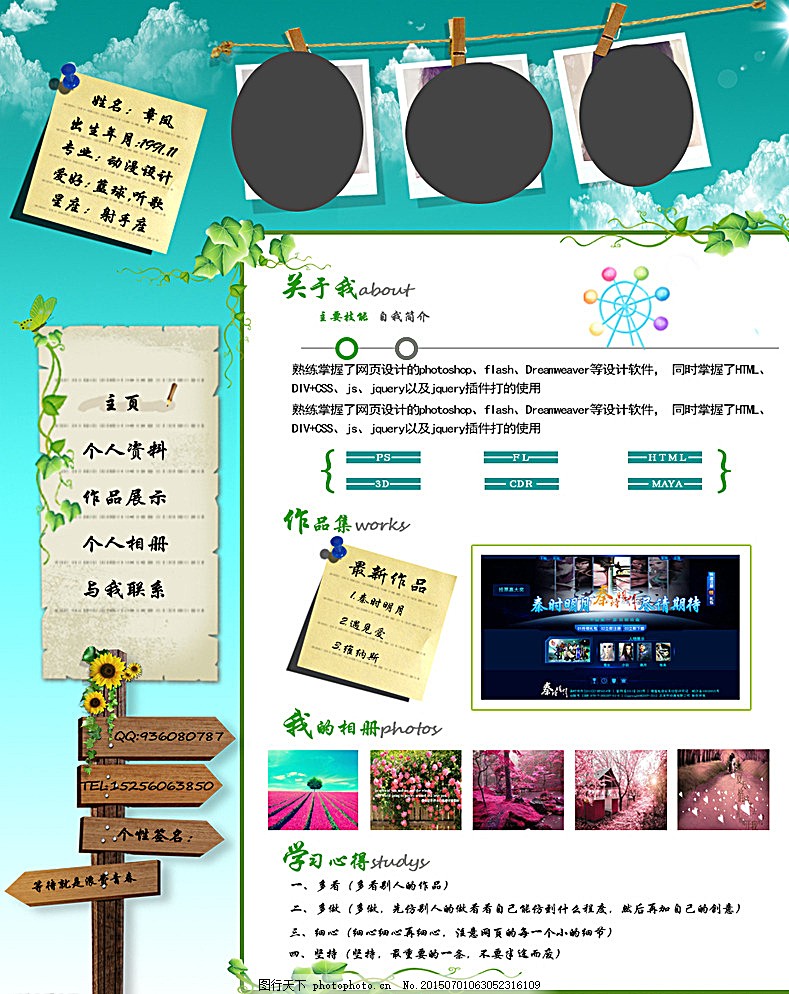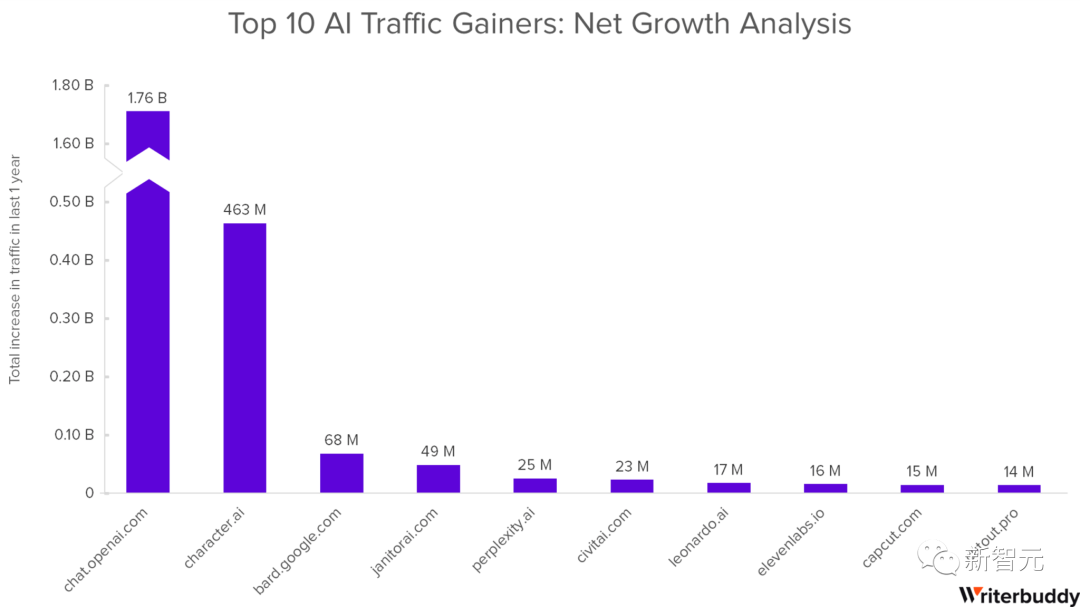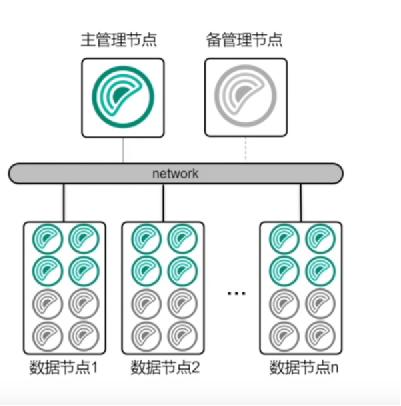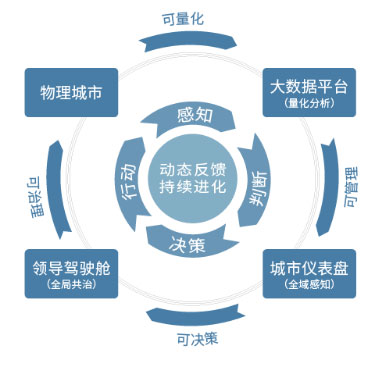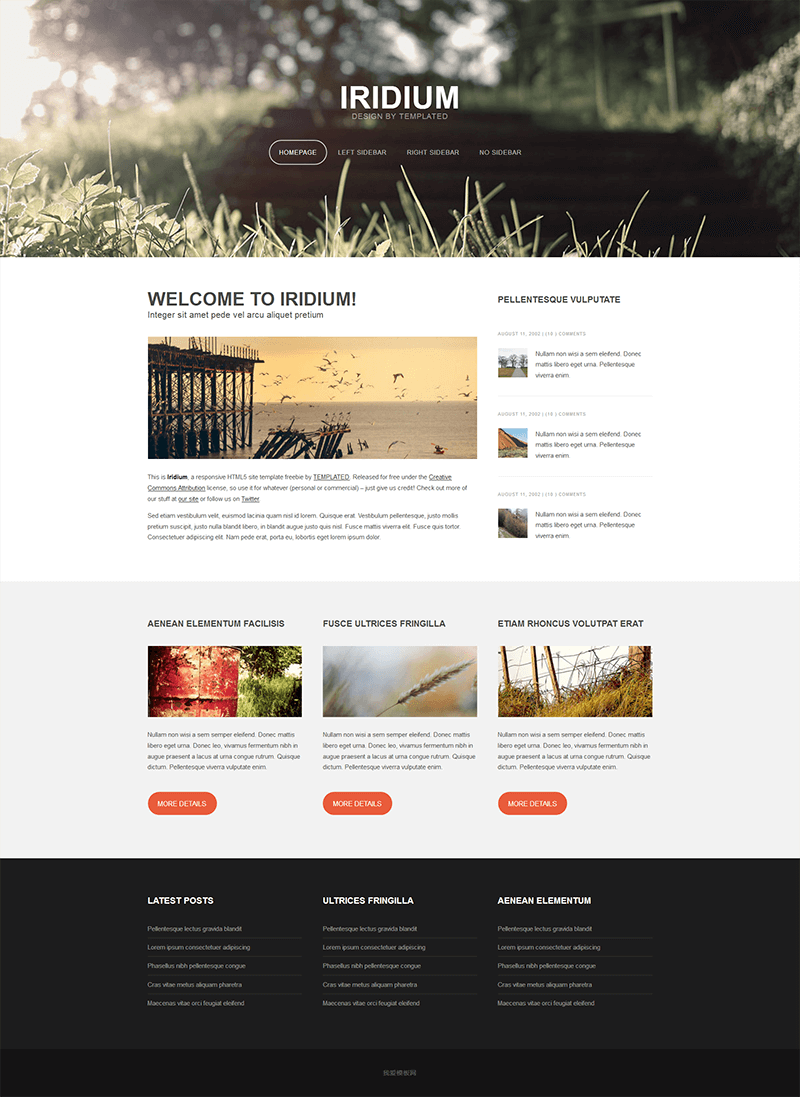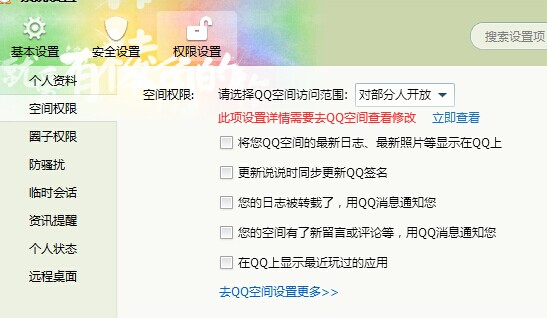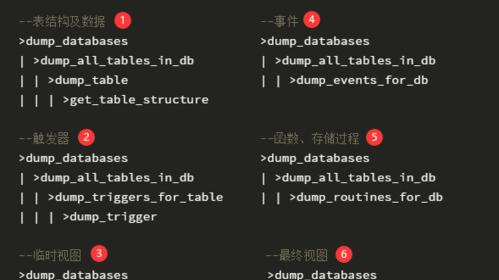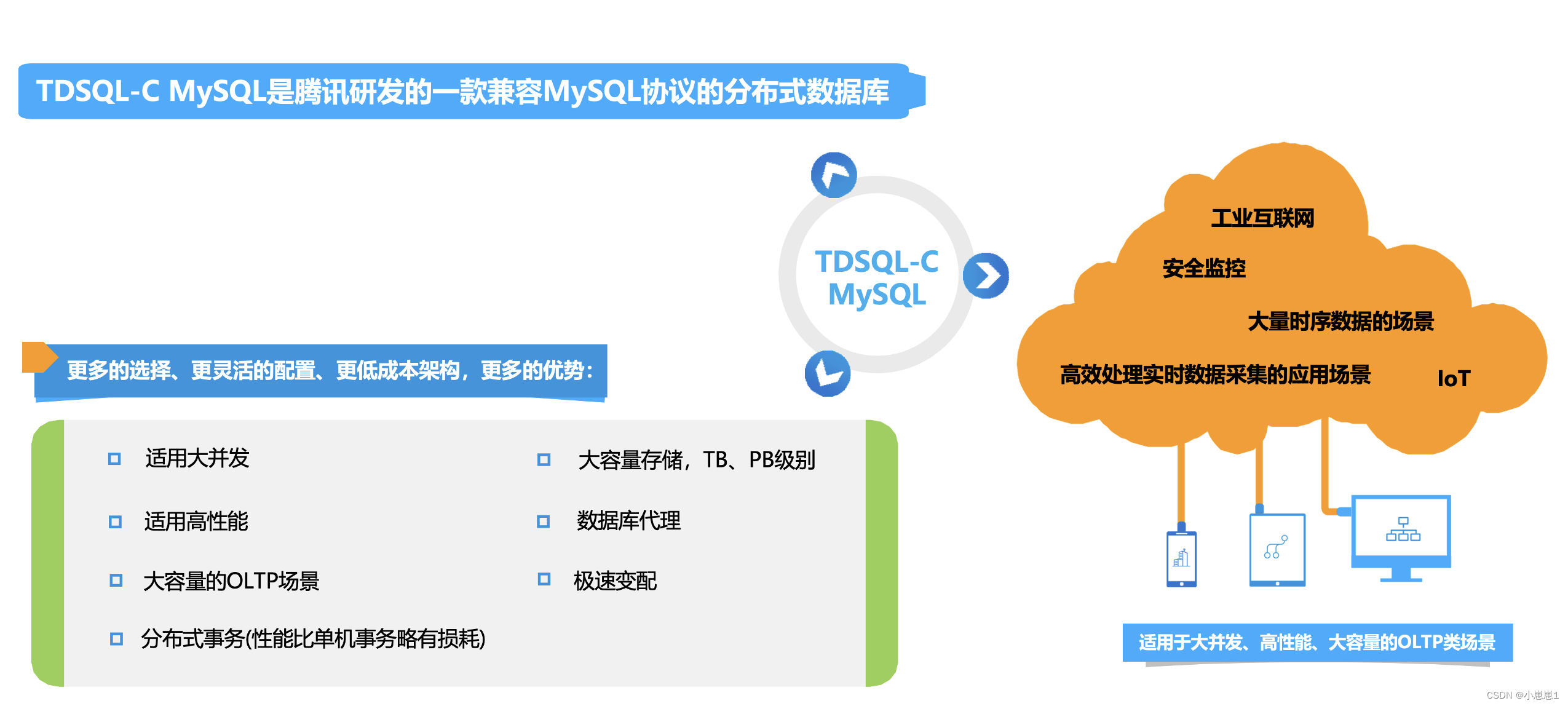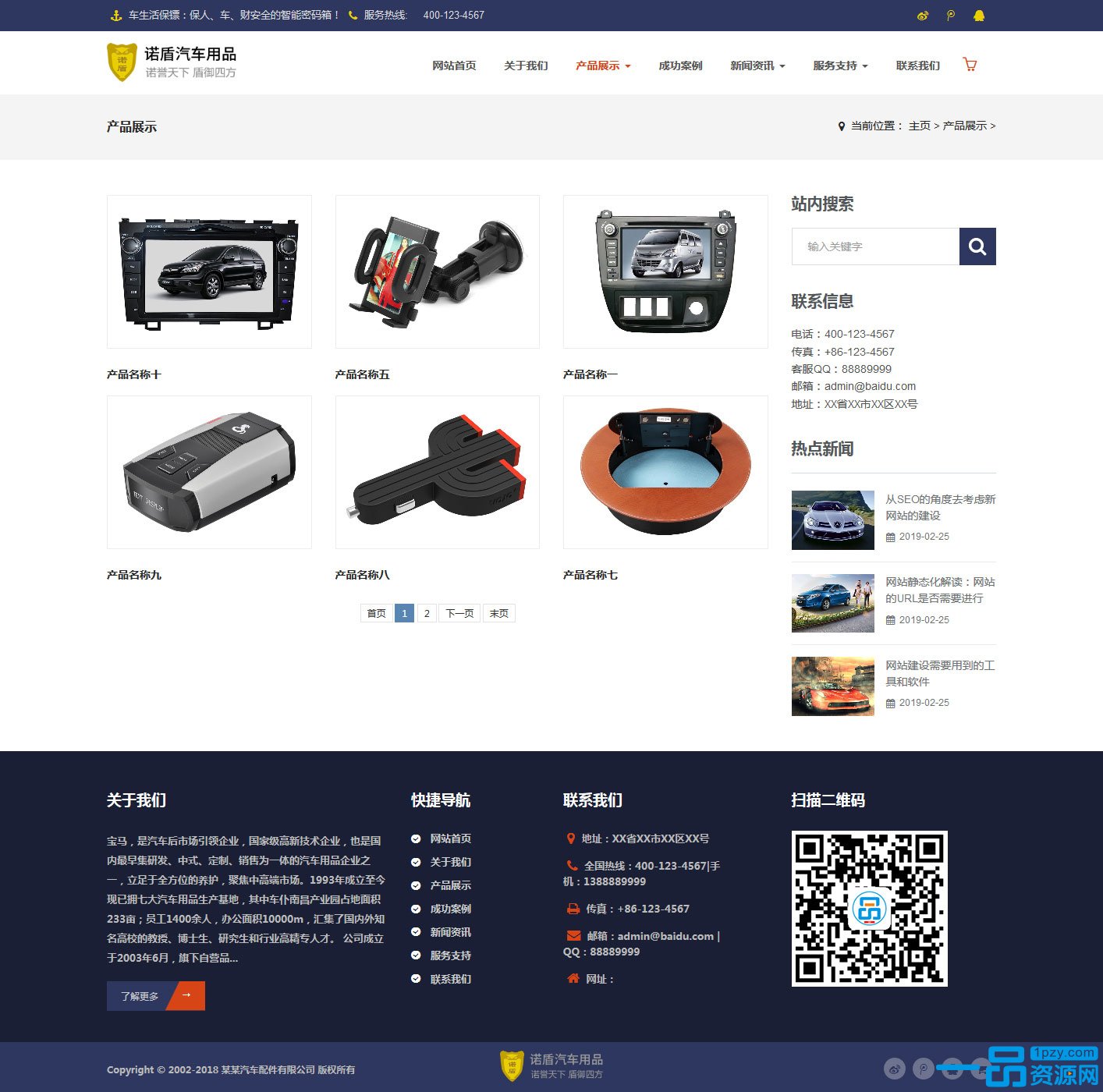上一篇
如何正确引用HTML中的图片位置避免显示错误?
- 行业动态
- 2025-05-06
- 3

HTML中引用图片位置主要通过`
标签的src 属性实现,路径可为相对路径(如images/pic.jpg`)或绝对路径(如完整URL),相对路径基于当前文件位置,绝对路径指向网络资源,需确保路径准确以防止图片加载失败。
<div class="article-content">
<section>
<h2>HTML图片引用的核心方法</h2>
<p>在网页开发中,正确引用图片位置直接影响用户体验与搜索引擎收录效果,以下是五种主流方式及其应用场景:</p>
<div class="code-example">
<h3>1. 同级目录引用</h3>
<pre><img src="logo.png" alt="企业标识"></pre>
<p>适用场景:图片与HTML文件处于相同文件夹时,建议优先采用这种简洁的引用方式</p>
</div>
<div class="notice-tip">
<p> 专业建议:始终为图片添加描述性alt属性,这对视障用户和搜索引擎理解图片内容至关重要</p>
</div>
<div class="code-example">
<h3>2. 子目录引用</h3>
<pre><img src="images/header-bg.jpg" alt="页首背景"></pre>
<p>目录结构示例:
<ul>
<li>index.html</li>
<li>images/
<ul>
<li>header-bg.jpg</li>
</ul>
</li>
</ul>
</p>
</div>
<div class="comparison-table">
<h3>引用方式对比</h3>
<table>
<tr>
<th>类型</th>
<th>加载速度</th>
<th>维护成本</th>
<th>适用场景</th>
</tr>
<tr>
<td>相对路径</td>
<td>快</td>
<td>低</td>
<td>中小型网站</td>
</tr>
<tr>
<td>绝对路径</td>
<td>中等</td>
<td>高</td>
<td>CDN资源</td>
</tr>
<tr>
<td>外部资源</td>
<td>不定</td>
<td>低</td>
<td>第三方素材</td>
</tr>
</table>
</div>
</section>
<section>
<h2>高级优化策略</h2>
<div class="optimization-strategy">
<h3>3. 动态路径控制</h3>
<pre><base href="https://cdn.example.com/assets/">
<img src="2025/product-shot.png" alt="产品展示"></pre>
<p>技术要点:
<ol>
<li>base标签需放置在head区域</li>
<li>适用于多环境部署场景</li>
<li>注意路径拼接逻辑</li>
</ol>
</p>
</div>
<div class="seo-recommendation">
<h3>SEO优化实践</h3>
<ul>
<li>使用WebP格式节省30%以上带宽</li>
<li>添加width和height属性预防布局偏移</li>
<li>实施懒加载技术:
<pre><img src="placeholder.jpg" data-src="actual-image.jpg" loading="lazy"></pre>
</li>
</ul>
</div>
</section>
<section class="qa-section">
<h2>常见问题解析</h2>
<div class="qa-item">
<p class="question">Q:图片显示失败的可能原因?</p>
<p class="answer">A:检查三个关键点:
<ul>
<li>文件路径大小写敏感性</li>
<li>服务器文件权限设置</li>
<li>浏览器缓存干扰(建议强制刷新)</li>
</ul>
</p>
</div>
</section>
<footer class="references">
<h2>权威参考资料</h2>
<ul>
<li>MDN Web Docs: <a href="https://developer.mozilla.org/zh-CN/docs/Web/HTML/Element/img" target="_blank">HTML图片元素规范</a></li>
<li>W3C标准: <a href="https://www.w3.org/TR/html52/semantics-embedded-content.html" target="_blank">嵌入式内容技术标准</a></li>
<li>Google开发者文档: <a href="https://developers.google.com/speed/docs/insights/OptimizeImages" target="_blank">图片优化指南</a></li>
</ul>
</footer>
</div>
<style>
.article-content {
max-width: 800px;
margin: 2rem auto;
padding: 2rem;
font-family: 'Segoe UI', system-ui;
line-height: 1.6;
}
.code-example {
background: #f8f9fa;
padding: 1rem;
border-radius: 8px;
margin: 1.5rem 0;
}
.notice-tip {
background: #e3f2fd;
border-left: 4px solid #2196f3;
padding: 1rem;
margin: 1.5rem 0;
}
.comparison-table table {
width: 100%;
border-collapse: collapse;
margin: 1rem 0;
}
.comparison-table th, .comparison-table td {
border: 1px solid #ddd;
padding: 12px;
text-align: left;
}
.optimization-strategy pre {
background: #fff5f5;
padding: 1rem;
border-radius: 6px;
}
.seo-recommendation ul {
list-style-type: circle;
padding-left: 2rem;
}
.qa-section .question {
color: #2c3e50;
font-weight: 600;
}
.references ul {
padding-left: 1.5rem;
}
.references a {
color: #0366d6;
text-decoration: none;
}
.references a:hover {
text-decoration: underline;
}
h2, h3 {
color: #1a237e;
margin-top: 1.5em;
}
pre {
overflow-x: auto;
padding: 1em;
background: #f5f5f5;
border-radius: 4px;
}
</style>
